Mohamad El-Abed
GREYC
Web-Based Benchmark for Keystroke Dynamics Biometric Systems: A Statistical Analysis
Jul 03, 2012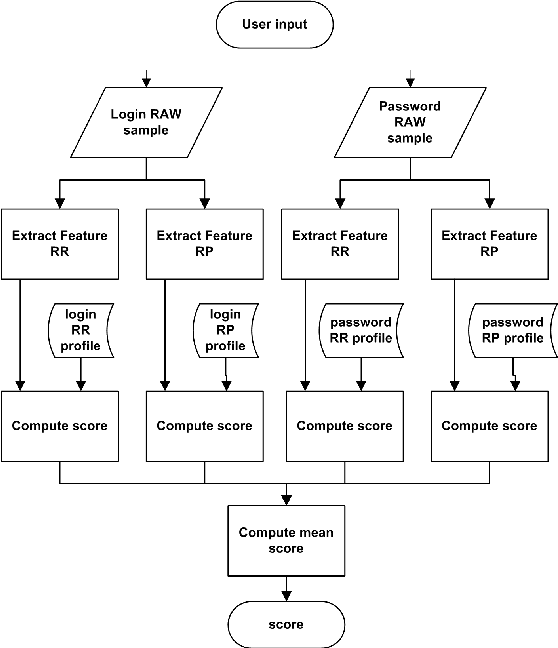

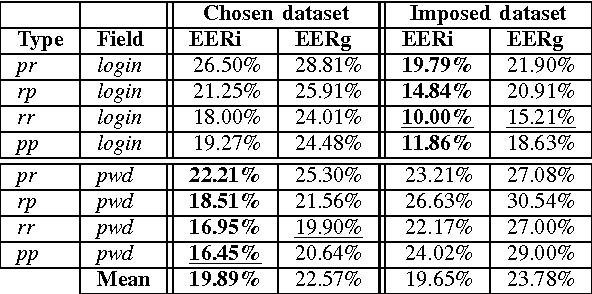
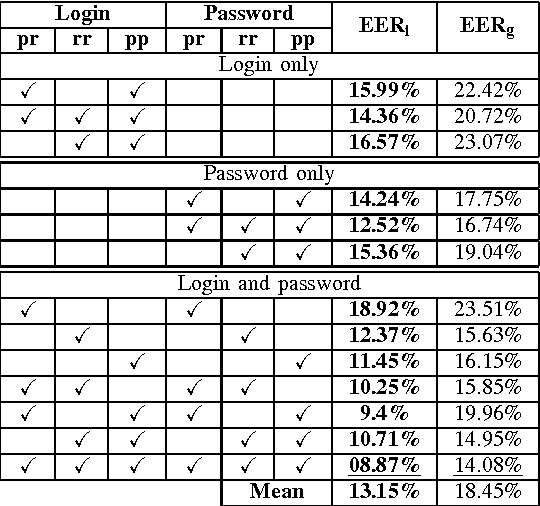
Abstract:Most keystroke dynamics studies have been evaluated using a specific kind of dataset in which users type an imposed login and password. Moreover, these studies are optimistics since most of them use different acquisition protocols, private datasets, controlled environment, etc. In order to enhance the accuracy of keystroke dynamics' performance, the main contribution of this paper is twofold. First, we provide a new kind of dataset in which users have typed both an imposed and a chosen pairs of logins and passwords. In addition, the keystroke dynamics samples are collected in a web-based uncontrolled environment (OS, keyboards, browser, etc.). Such kind of dataset is important since it provides us more realistic results of keystroke dynamics' performance in comparison to the literature (controlled environment, etc.). Second, we present a statistical analysis of well known assertions such as the relationship between performance and password size, impact of fusion schemes on system overall performance, and others such as the relationship between performance and entropy. We put into obviousness in this paper some new results on keystroke dynamics in realistic conditions.
Keystroke Dynamics Authentication For Collaborative Systems
Nov 17, 2009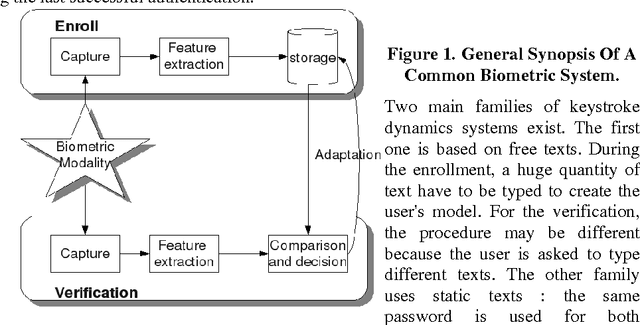

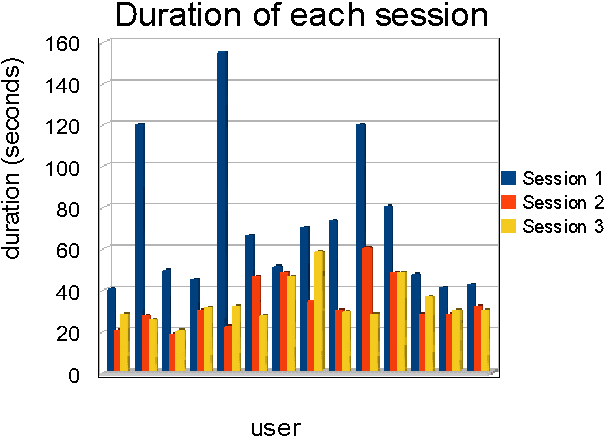
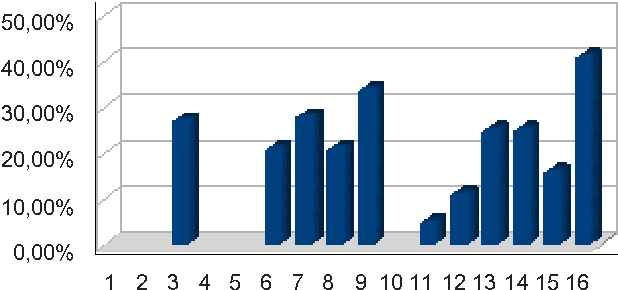
Abstract:We present in this paper a study on the ability and the benefits of using a keystroke dynamics authentication method for collaborative systems. Authentication is a challenging issue in order to guarantee the security of use of collaborative systems during the access control step. Many solutions exist in the state of the art such as the use of one time passwords or smart-cards. We focus in this paper on biometric based solutions that do not necessitate any additional sensor. Keystroke dynamics is an interesting solution as it uses only the keyboard and is invisible for users. Many methods have been published in this field. We make a comparative study of many of them considering the operational constraints of use for collaborative systems.
 Add to Chrome
Add to Chrome Add to Firefox
Add to Firefox Add to Edge
Add to Edge